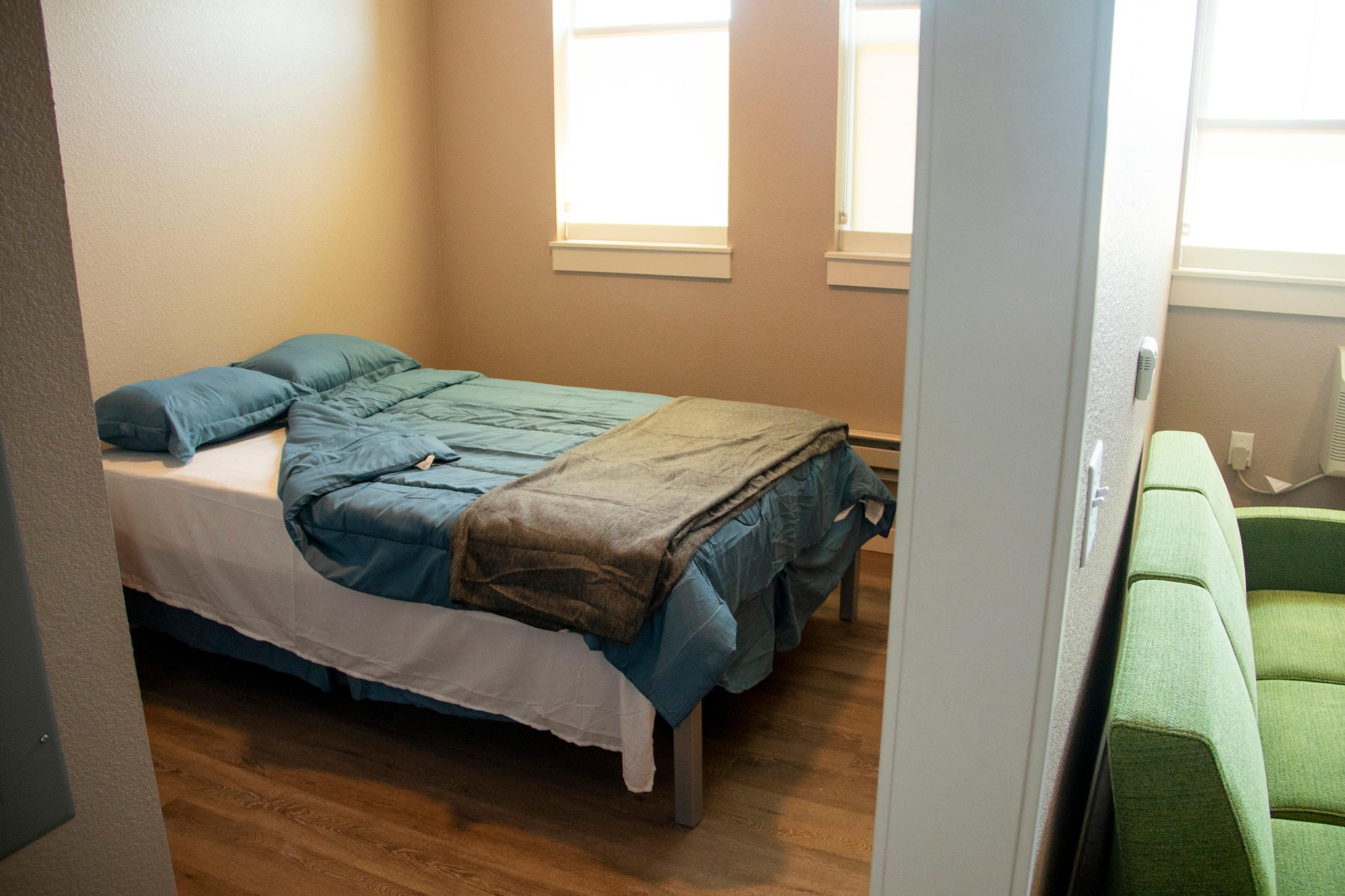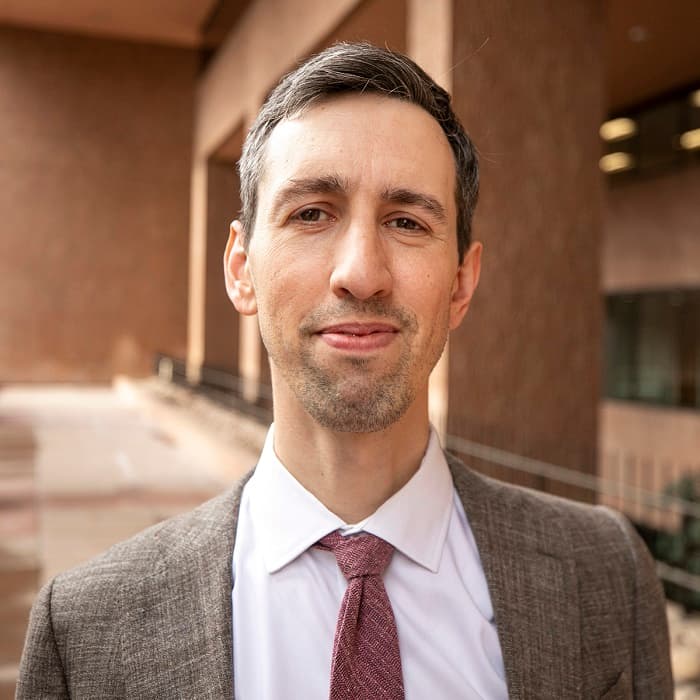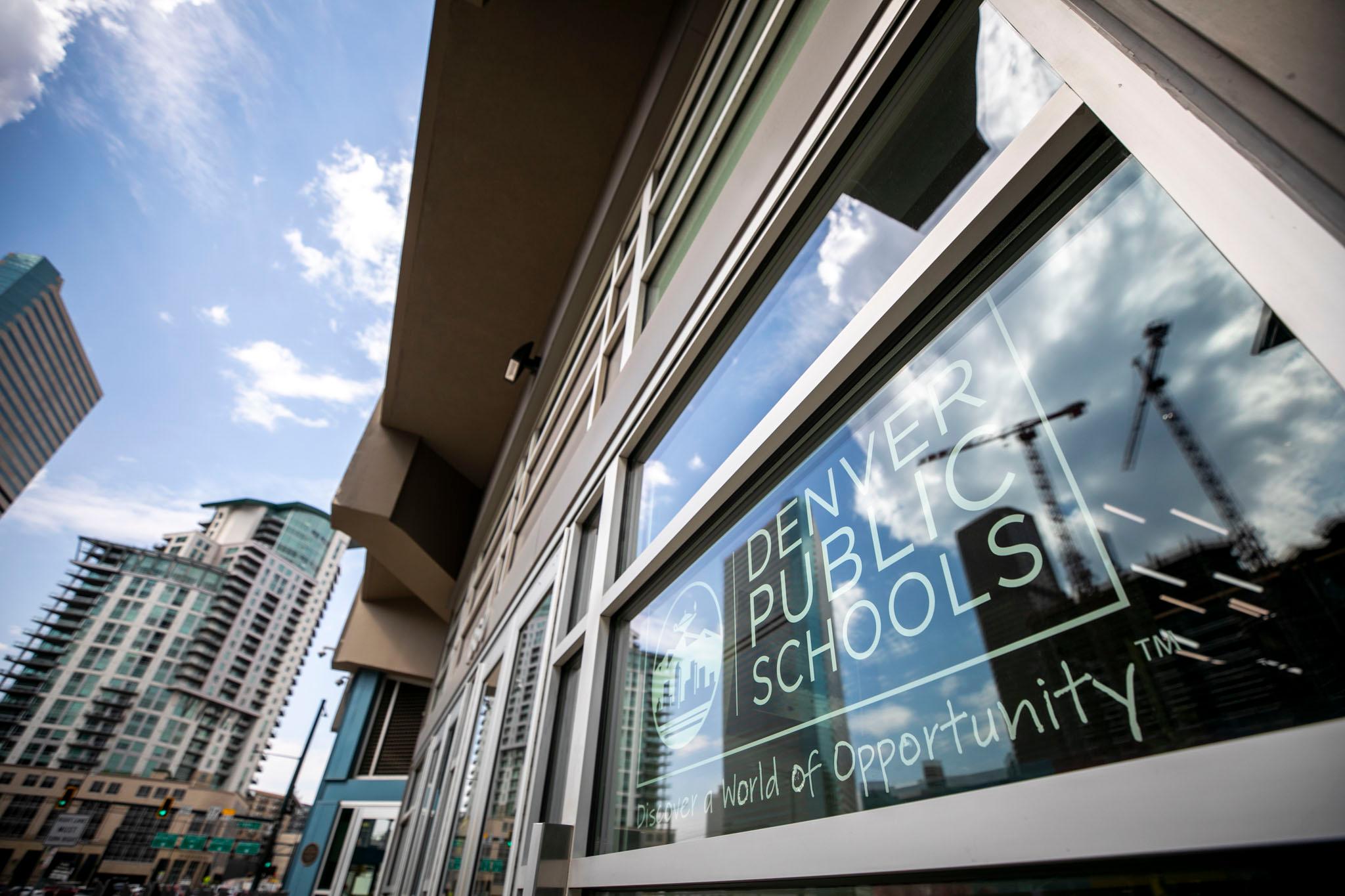Denver has a rare opportunity to fund $800 million of capital projects in one fell swoop later this year — and everyone is clamoring for a piece of the pie.
If voters approve the measure this November the city will take out debt for a wide range of capital projects. But while $800 million may sound like a lot, it isn’t nearly enough to pay for everything city officials and residents want to build.
More than 220 projects appeared on an initial list the city is considering. Building all those projects would cost $6 billion, far more than what the city can afford. And whittling down the list hasn’t been easy.
The city’s cultural institutions — like the Boettcher Concert Hall and the Denver Zoo Conservation Alliance — have asked for help funding pricey expansions. Transit and bike advocates want the city to build safer corridors. Disenfranchised neighborhoods far outside the city center are asking for better recreation centers and libraries.
Meanwhile, proposals to spend heavily on housing have proved especially contentious, and some city officials say the process has been rushed and flawed. This November, the final proposal will go before voters, who will make the ultimate decision.
Residents, organizations and city departments have made their pitches.
The debate about what to include started months ago.
A survey of residents found that improving the city’s green spaces — like parks and playgrounds — was of utmost importance, followed closely by building better streets, sidewalks and city facilities. In all, residents suggested thousands of ideas.
Sorting out that flood of ideas is the responsibility of the bond proposal's executive committee, a group of 10 public and private sector leaders appointed by Mayor Mike Johnston.

The committee sorted the list into high-, medium- and low-priority tiers — setting off a race by residents, organizations and neighborhood groups to secure funding for their pet projects.
Inevitably, the city will let down residents and groups that will watch their ideas go unfunded by the new bond. And in a time when the city’s budget faces tough constraints, many are left wondering if their ideas will ever be built.
Public housing is at the center of the debate.
This year, a movement to fund public housing has gained significant momentum. Groups of Denverites have shown up to public meetings to rally support for putting housing into this year’s bond.
Past bond packages have included money for temporary homeless shelters, but the city has never gone so far as paying for affordable housing.
This year, the idea came up often during community meetings and appeared dozens of times in the results of the city’s survey.

“Mayor Johnston ran on addressing the homelessness crisis in Denver and the affordability crisis in Denver,” said Katelyn Stenger, an Alamo Placita resident who wants to see housing funded by the bond. “This bond process is a way to reflect those campaign values that he stated a little over a year ago. And instead of quick fixes like sheltering 1,000 people, we need permanent structures.”
The subcommittee in charge of identifying potential public facilities projects recommended a focus on housing, with three affordable housing projects named as high priority. The Department of Housing Stability said it would use the proposed funds to buy land and lease it out to affordable housing developers.
But ultimately, advocates worry the executive committee won't invest in housing.
“I don't love the composition of the executive committee,” said Jon Dawood, a Baker resident. “And I don't know that it's necessarily representative of everybody in the city.”
The 10-person roster of the executive committee includes Denver City Council President Amanda Sandoval, former mayor Federico Peña and several high-profile leaders in the private sector.
Projects in the works for years are also fighting for funding.
For years, Andrea Barela and the Santa Fe Business Improvement District have been trying to rebuild Santa Fe Drive between 6th Avenue and 13th Avenue.
Visitors and residents have complained about narrow streets and sidewalks in Denver’s premier art district. The sidewalks are not compliant with the Americans with Disabilities Act.
The project didn’t get bond dollars in the last two debt packages. Surely, Barela thought, this was their year.
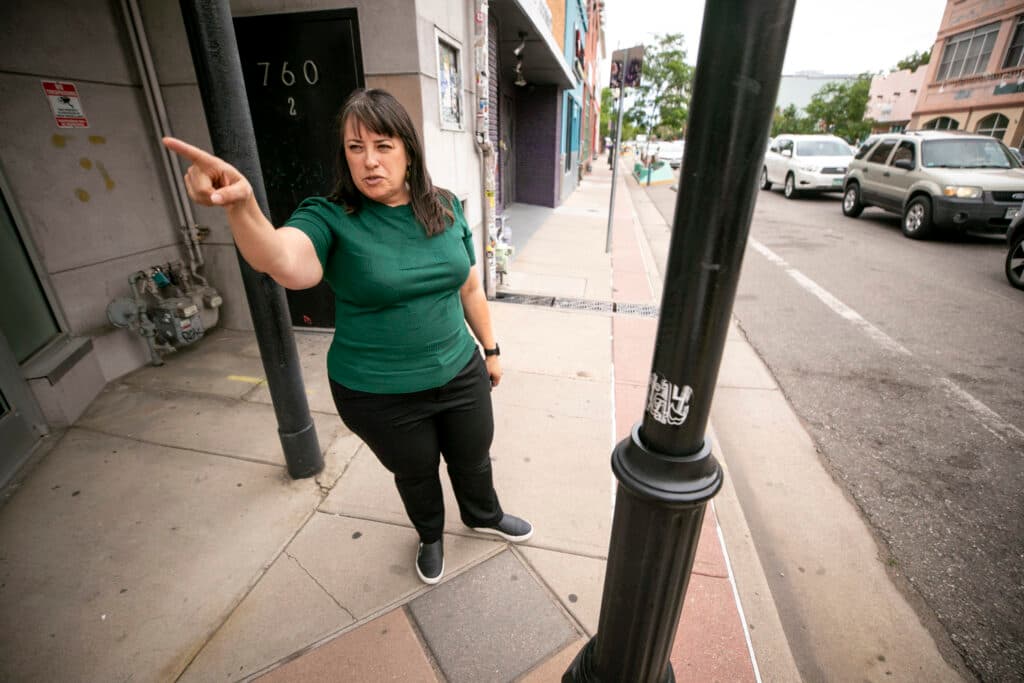
But to her frustration, the Santa Fe Streetscape project was relegated to the lowest tier.
“Apparently our corridor is not important enough to get these funds, and I don't know why, I don't get it,” Barela said. “There's something at play that I'm not privy to.”
The city and the neighborhood have already devoted years of work and about $2 million to the streetscape project. Work on the final design for the project — which would renovate the street from 6th to 14th avenues — started in 2023.
But if the streetscape project doesn’t get bond dollars, Barela said its future is unclear.
“It is just going to delay any progress on this project even further and further and further,” she said. “And I don't know when we'll ever be considered. This is the third time that we've been passed up for bond funding.”
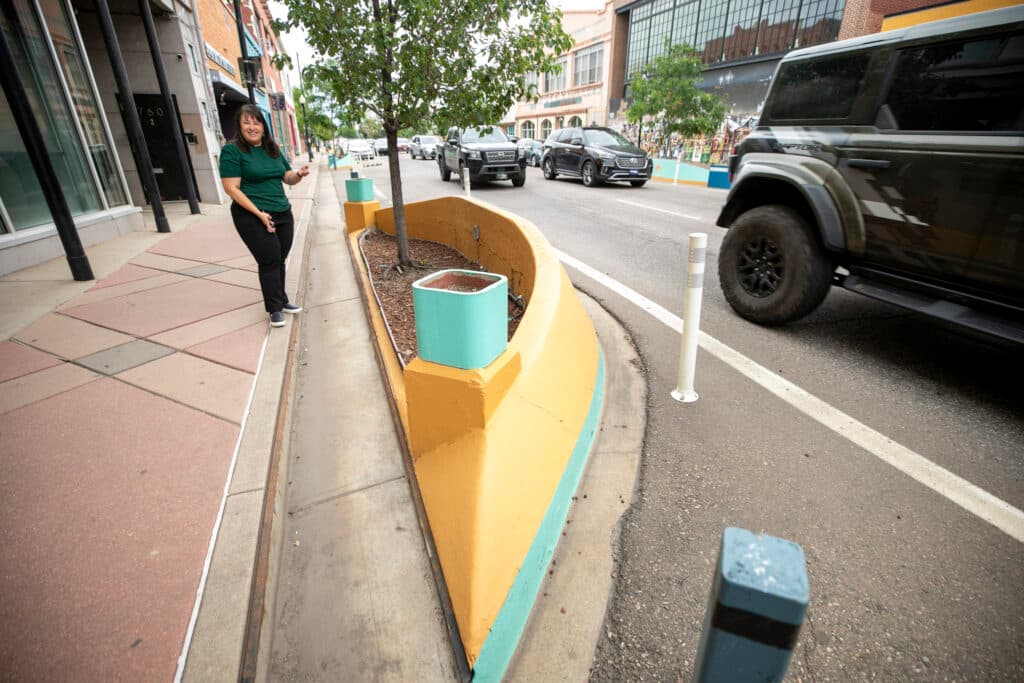
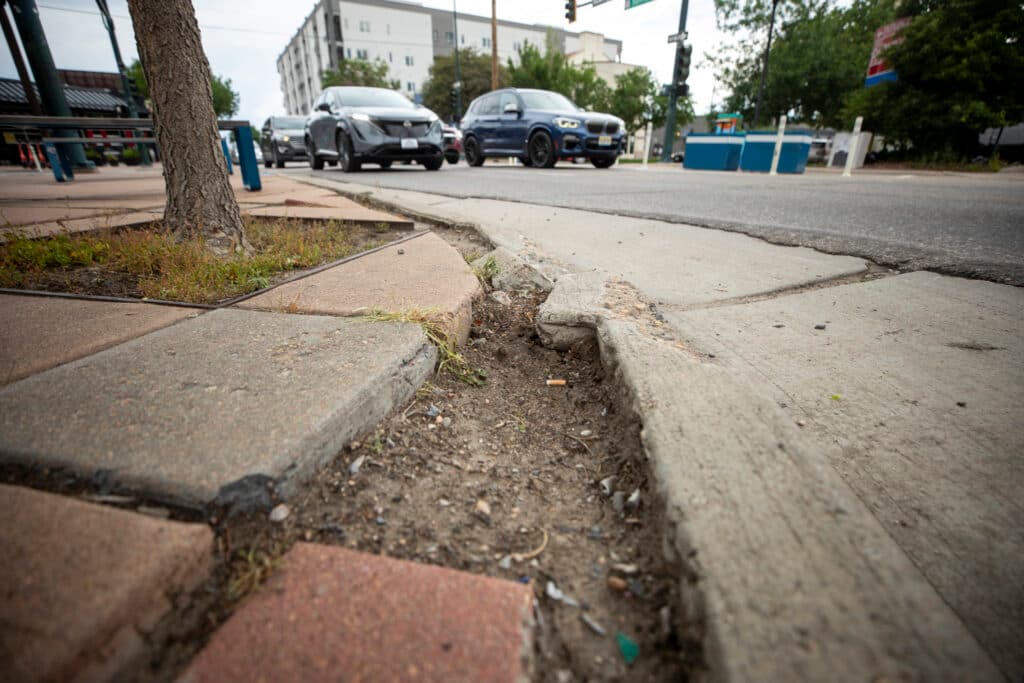

Jamie Torres, who represents the Santa Fe Arts District on the city council, said the project could still be included in the bond package, which is set to be finalized in early July. She wants to ensure the bond committee understands the full context of the project.
“Santa Fe Streetscape, I fear, was conveyed as more of a beautification and more of an aesthetic project than a deep infrastructure fix,” she said.
Other proposed neighborhood improvements include new libraries, park improvements and better citywide athletic facilities. Torres said if neighborhood projects aren’t funded by this bond, there will be other future avenues for funding.
“We have other pots of money that I think we need to make sure community knows are still going to be there, including our sales tax-funded park fund, our sales tax-funded climate fund,” Torres added. The city’s capital improvement fund also can get money from a variety of sources, she added.
Some city leaders are concerned about the bond process.
Some Denver City Council members who served on bond subcommittees said they’re concerned with some aspects of this year’s proposal.
For starters, some say the process has been rushed compared to previous years. The plan to run a bond package was unveiled in February, just nine months before it could be on the election ballot.
In contrast, the 2017 Elevate Denver bond, which included about $937 million for capital projects, took about 18 months from introduction to vote. The 2021 RISE Denver Bond had a shorter timeline than this year’s, but that was partially due to it being introduced as a COVID-era emergency bond.
“I think that we can see that there are clear examples of information gaps or failures that have happened,” District 5 Councilmember Amanda Sawyer said. “I don't know that I can say whether that's a result of a rushed process or whether it's a result of something else.”
A spokesperson for the Denver Department of Finance said preliminary costs were estimated by the department and other city agencies, but added that it's an "iterative process" and cost estimates may change.
Torres also criticized the city for “watering down” the community input it received, failing to indicate which ideas had amassed the most support from community members.
“Things came through as singular ideas as opposed to [being portrayed as] ideas that have some weight to them because of group support or lots of submissions for a particular idea,” Torres said.

Several council members are also concerned about inflated price tags assigned to various projects. One project was priced nine times higher for the bond than it was in earlier planning that Sawyer’s office conducted, she said.
Torres had similar experiences. She worries inflated prices could mean the executive committee isn’t able to give a fair judgment to each project.
“If we're going in with inflated numbers, yes, it can take up money that may not be needed or used for that project, No. 1, but it can also have a factor in decision making if the executive committee is looking at that project and going, that's just too expensive of a project,” Torres said.
The process is nearing its completion.
The executive committee is due to submit its final list of proposed projects to the mayor next month. From there, the mayor’s office will make adjustments before passing it off to city council.
City council will also get a chance to make revisions before potentially sending it to voters. Sawyer said by then, she hopes her issues have been addressed.
“Am I going to burn it all down? I don't know yet,” she said. “It depends, can they pull it together and fix those glaring issues before it gets to us?”
Meanwhile, residents and neighborhoods will be waiting with bated breath to see what happens to their pet projects.








